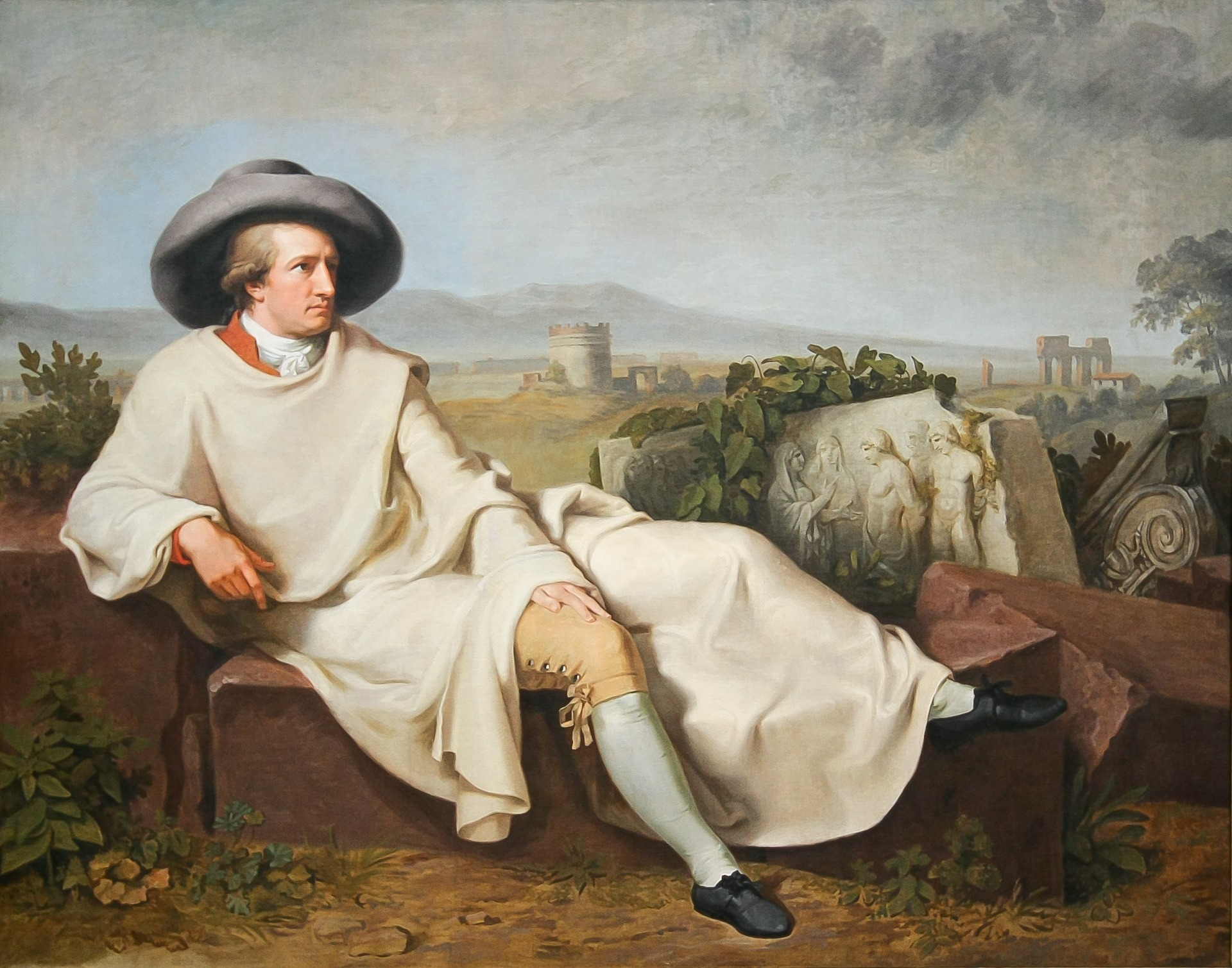News blog - artistravel international
Part 2: The Most Famous Painters in Art History
Famous painters from Classicism and Romanticism
Classicism developed in the middle of the 18th century as a counter-movement to the Baroque. In this art epoch, motifs from Greek and Roman antiquity and their simple, clear and perfect representation were in the foreground. The aim of the classicist painters, such as the Frenchman Jean-Auguste-Dominique Ingres or the German Johann Heinrich Wilhelm Tischbein, was to create an ideal. To achieve this, they oriented themselves to fixed design rules. Art historians date the beginning of Romanticism to the end of the 18th century. This period of art existed parallel to classicism and was characterized by an emotional view of the world and a return to nature.
The most famous representative of Romanticism, the German painter Caspar David Friedrich, is known for his landscape motifs, which he staged imaginatively and in harmony with people. One of Caspar David Friedrich's most important works is "Der Wanderer über dem Nebelmeer" (The Wanderer above the Sea of Fog) from 1818. The painting shows the rear view of a man looking out from a rock onto a romantic landscape.
Realism and the Revolution in Painting
In the middle of the 19th century a new epoch of art emerged. The painters of realism wanted to depict a picture of everyday life that was as accurate as possible. In their paintings, they also showed scenes from the lives of the lower social classes, i.e. the common people. Criticism of social reality was intended, but was not the main focus of the Realists. Important representatives were the French painters Gustave Courbet and Jean-Francois Millet as well as the German Adolph Menzel.
Impressionism: First mocked - then celebrated
At the end of the 19th century, four young painters rebelled in Paris against the rigid art standards that had prevailed since the Middle Ages. Instead of painting detailed motifs in dark colors in the studio, as had been customary until then, the painters worked outside and captured the mood of the moment in the painting with a moving brushstroke and bright colors.
This painting technique distinguished the Impressionists from their predecessors: Instead of applying the oil paint as precisely as possible to the canvas with a thin brush stroke, they placed small swabs of different colors next to each other, which only resulted in a new color from afar. The most famous representatives of Impressionism, alongside the French painters Paul Cézanne, Edgar Degas, Claude Monet, Camille Pissaro, Auguste Renoir and Alfred Sisley, are the German artists Lovis Corinth, Max Liebermann and Max Slevogt. Impressionism revolutionized painting and marked the transition from the modern age to modernism.
Posted in Artists, Creativity on Mar 11, 2019


